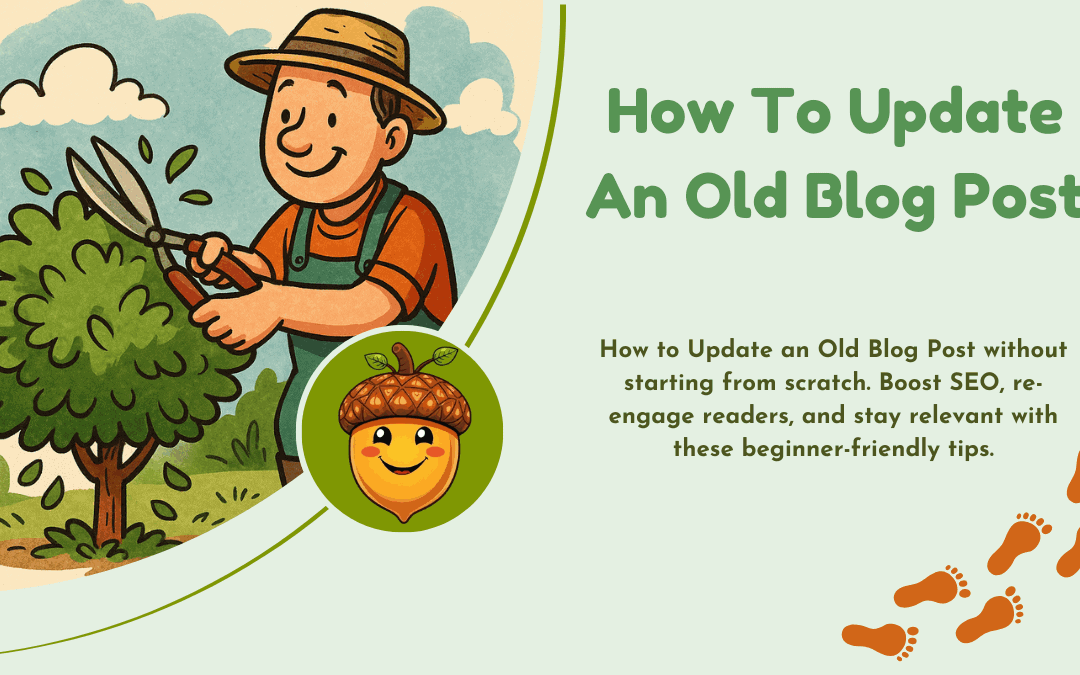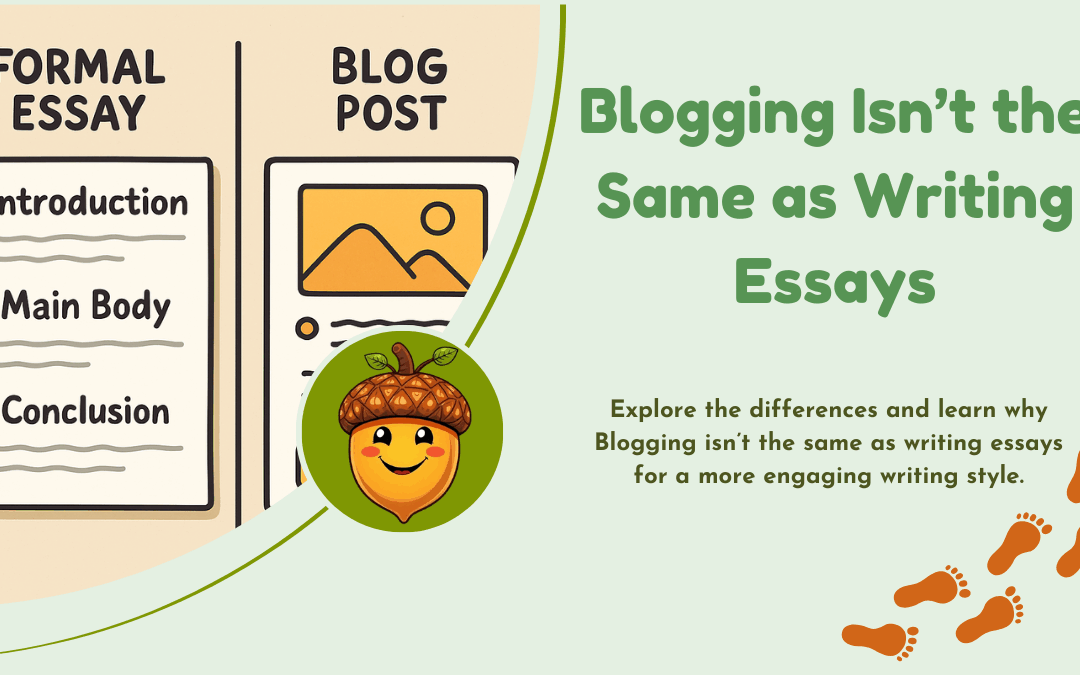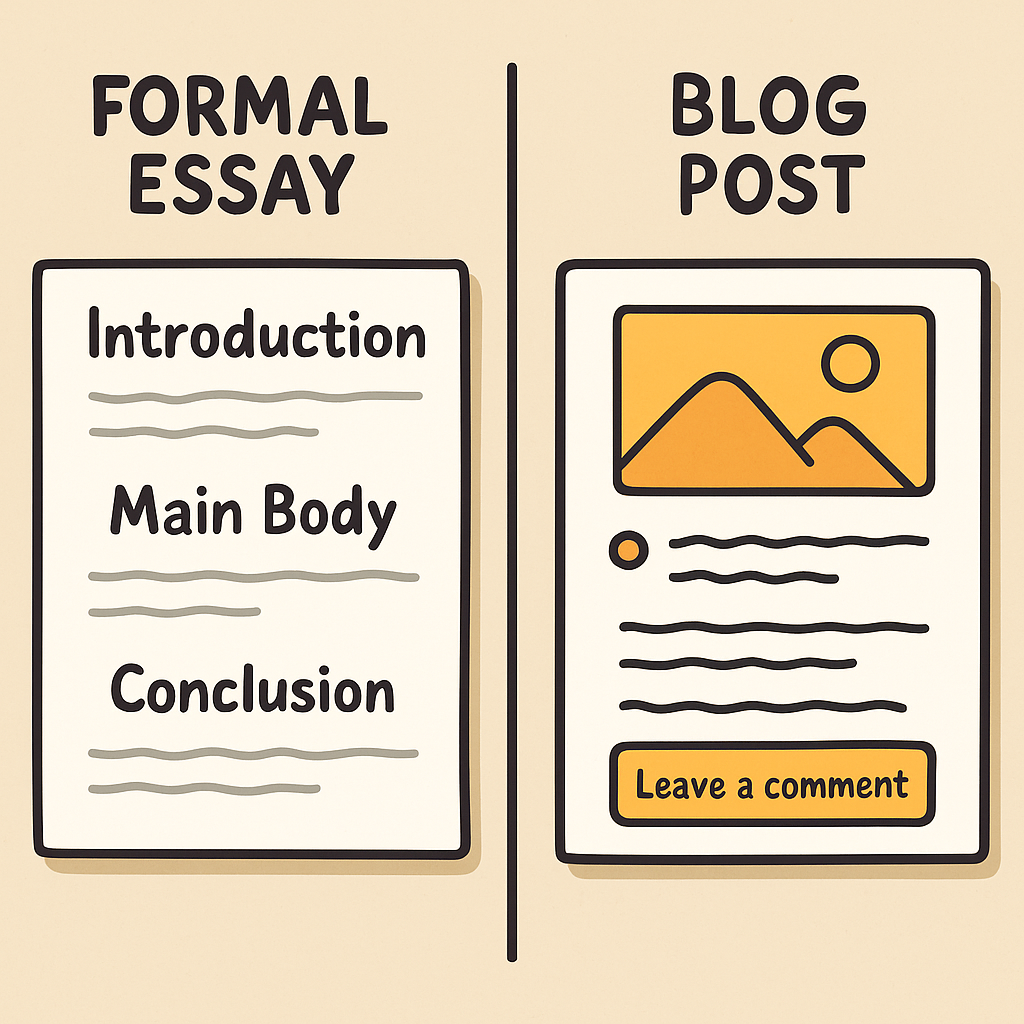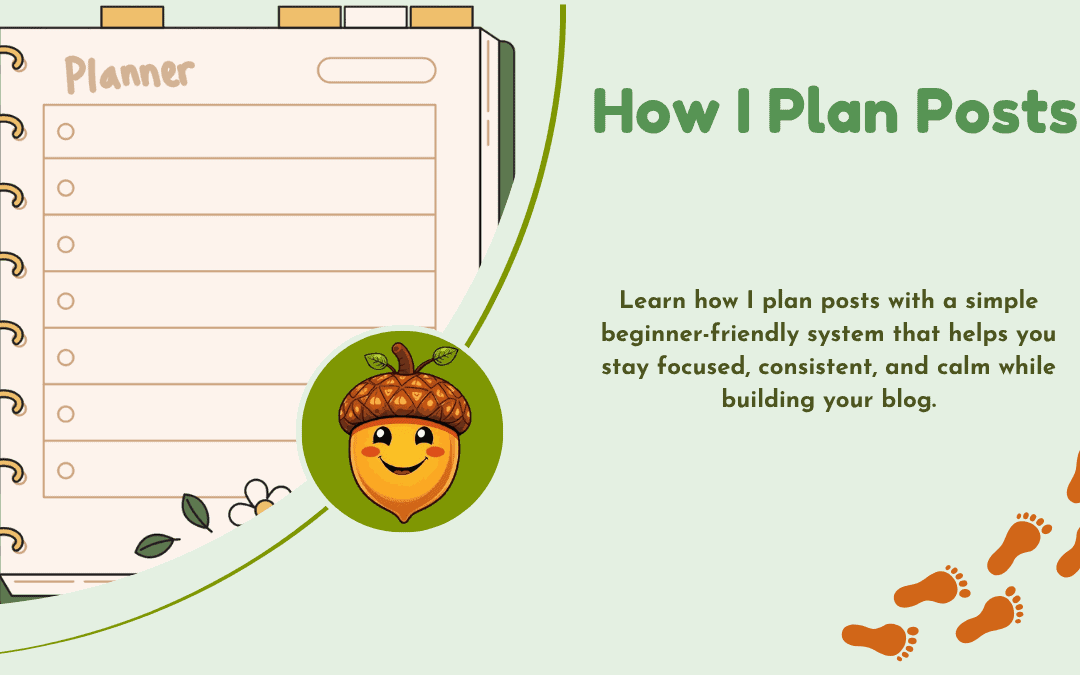How To Create a Strong Password You’ll Actually Remember
Creating strong passwords doesn’t need to feel impossible — or like something only tech experts can do.
Let’s break it down step by step, with some clever memory tricks and simple tools anyone can use.
What Makes a Password Strong?
Good passwords are like strong doors. They’re hard to break, but easy for you to open.
A strong password should:
-
Be at least 12 characters long
-
Include a mix of letters, numbers, and symbols
-
Avoid anything guessable like names, birthdays, or “12345”
❌ susan2023
✅ Gr@peLemon$ky43!

Try This: A Sentence You Can Remember
Instead of a random string, turn a sentence into a password.
💡 Example:
“My dog barks at 7am every day!” → Mdb@7amED!
You remember the sentence — your password is strong, but personal.
Use a Password Manager
If you are still worried you’ll forget? Use a tool to store them safely.
I have used LastPass for years and would be lost without it.
It saves your passwords securely and even fills them in for you.
Most password managers work across devices and offer free versions. Great for beginners who don’t want to write everything down!
What NOT to Do
Avoid these common mistakes:
-
Don’t reuse the same password for everything
-
Don’t store passwords in plain text on your computer
-
Don’t use anything someone could guess from your social media
And Finally…
Creating a secure password doesn’t have to feel like solving a riddle.
Pick one of the tricks above and try it out for your most important account (like email). Once you’ve got the hang of it, you’ll feel far more confident online.
Got a tip or question about passwords? Drop a comment — I’d love to hear what’s worked for you!
My website contains affiliate links. This means if you click and make a purchase, I may receive a small commission. Don’t worry, there’s no extra cost to you. It’s a simple way you can support my mission to bring you quality content.












